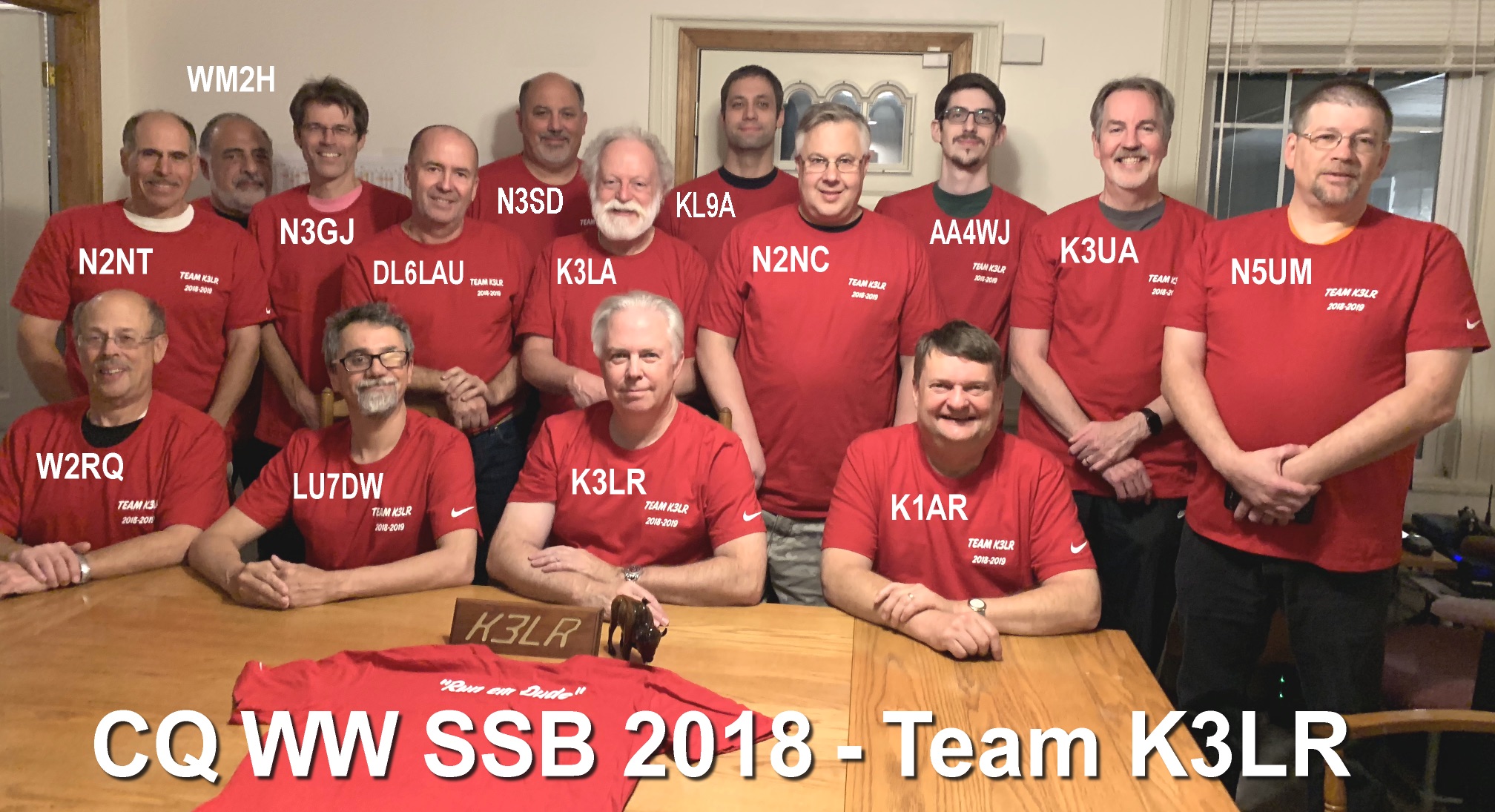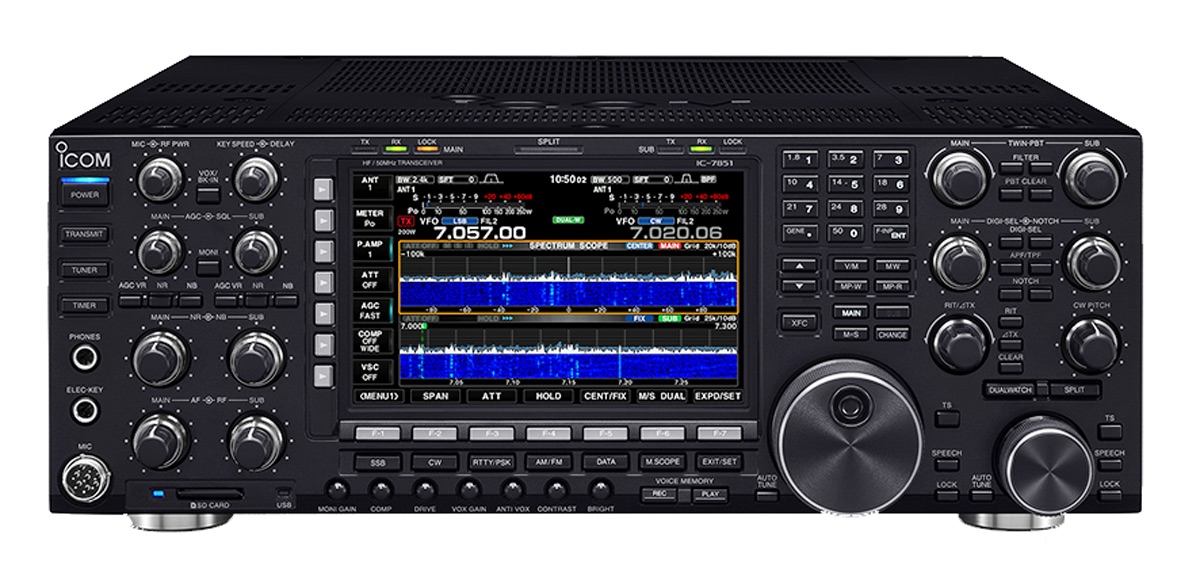Ding. The sound rang through the house. I was up in the kitchen, my shift for the day having come and gone, but the small sound from downstairs could have been a gunshot for the immediate effect it had. All conversation stopped and every set of eyes in the room snapped over to the small computer monitor glowing in the corner. The screen showed the combined logs for the weekend and the top line showed highlighted text. The small ding, the source of our excitement, was from one of a set of call bells, like what you might find at the front desk of a hotel, placed at each of the six stations downstairs, poised to be struck each time a new multiplier entered the log.
The contest was beginning to wind down and our anticipation grew with each passing minute and with each clear sounding of the bell. I was in western Pennsylvania and it was the last weekend in October. The CQ Worldwide SSB contest was approaching its final minutes and the K3LR team could smell another win approaching. Time was almost up.
Finally, the clock rolled 2400 UTC and the sprint was over. Tim, K3LR himself, promptly tuned the 80 meter station to 3.830 MHz and the preliminary scores were shared by the usual suspects in the USA multi-multi category. We had done it, another victory for the team and a 14 year streak for the station, and for many of the operators.
Several of the operators from that weekend are members of the CQ Contest Hall of Fame and every one of them is a paragon of the Amateur Radio hobby. Their combined prowess alone would likely have been enough to achieve victory, but the K3LR team had an ace in the hole that helped to push us ahead of the pack. The primary radio at K3LR, two radios per band save on 160 meters, which gets only one, is the IC-7851.
My experience this year at K3LR was a master class in what the very best in hardware can do in the hands of the very best operators. A recurring topic of conversation that weekend was of poor band condition, but in those same conversations, the 7851 would be praised for its prowess in digging out the weak signals and making contacts when other radios would have been deaf.
A skilled operator and a flagship radio. On their own, they might struggle. When you pair one with the other though–they transcend the sum of their parts and leave you with a recipe for a truly winning combination.
-Will Jourdain, AA4WJ




